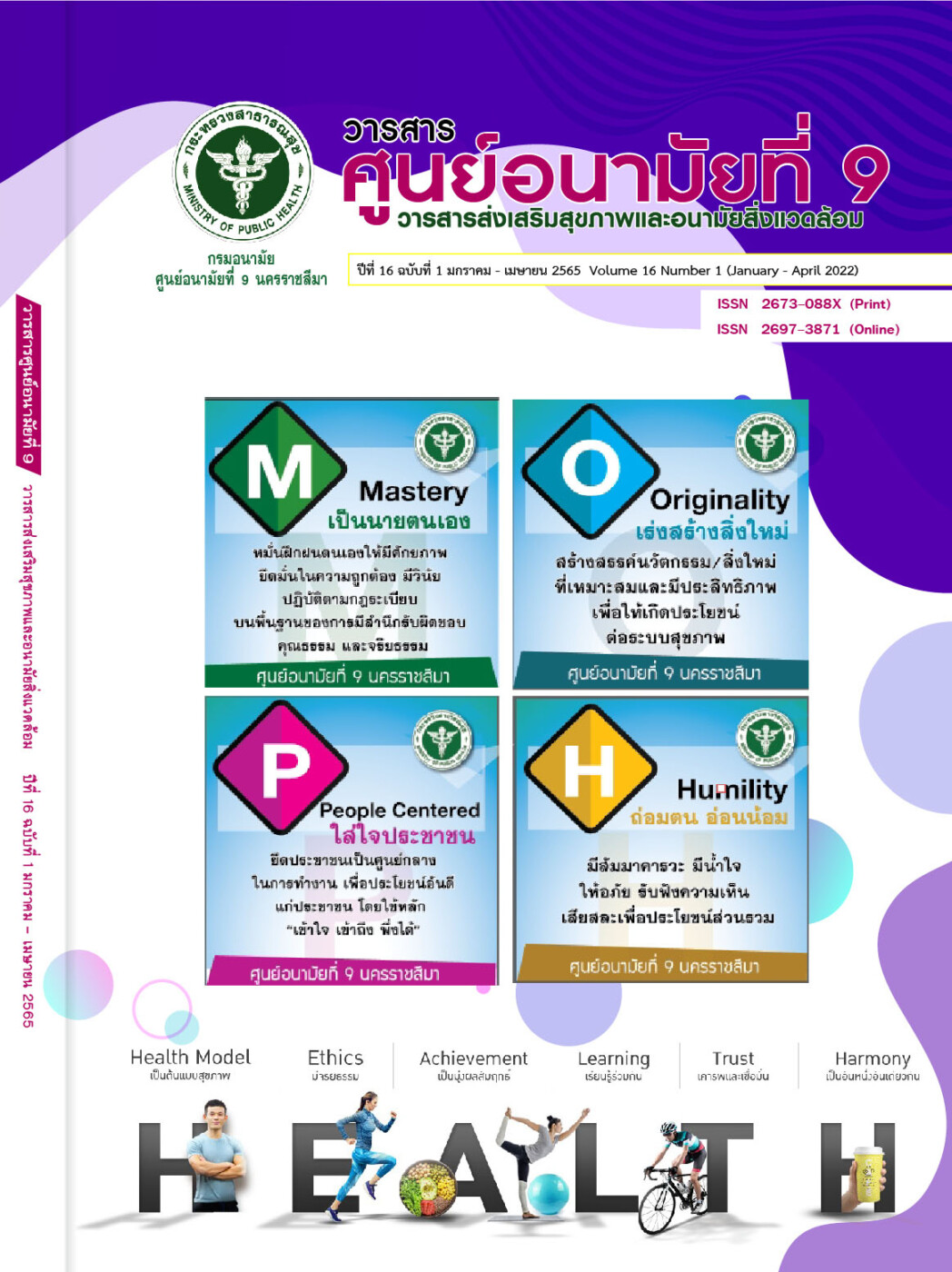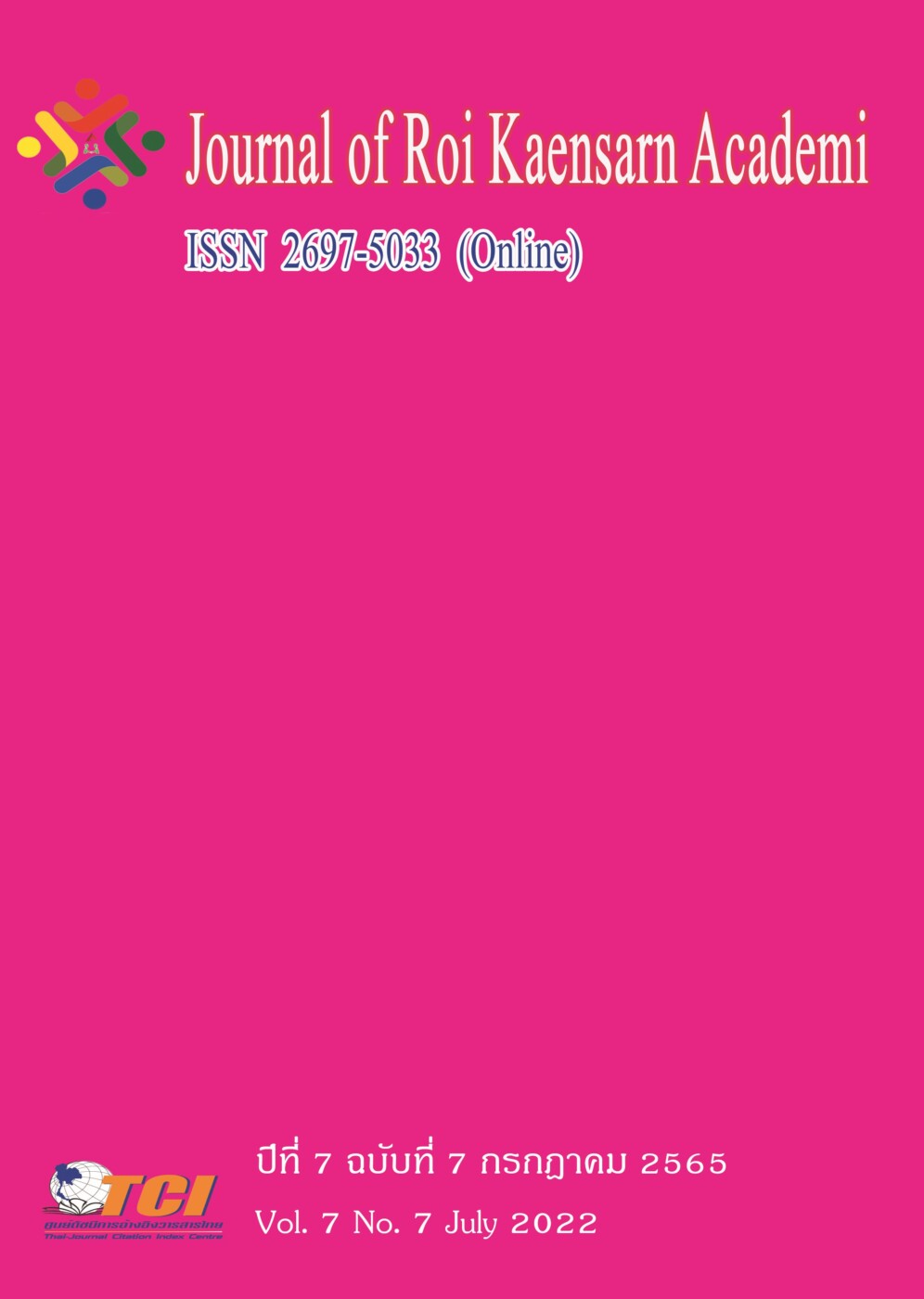Abstract
Objectives of this research were to 1) study the situations and factors affecting the policy advocacy of ‘the first 1000-day miracle of life’ program, 2) develop a model to facilitate the implementation of the program, and 3) evaluate the implementation of the program. The study was conducted during 1998 and 2020 in pilot areas in 7 sub-districts under 3 districts in Surin province. Samples included 60 persons from participating networks, 2,619 married women, 676 pregnant women, 661 mothers who recently gave births, and 2,252 children aged 0-2 years old. All samples were selected from the target areas. Qualitative data were collected using document reviews, observations, focus group discussions, and information obtained as lessons learned from the program. Quantitative data were collected using a questionnaire. The qualitative data were analyzed using content analyses. The qualitative data were analyzed using percentages, means, standard deviations and Chi-square tests. The results showed that the success of ‘the first 1000-day miracle of life’ program was depended on 5 components: 1) strength and interest in health issues of community leaders, 2) strength of the communities, 3) models of operations, 4) public participations, and 5) integrated operations in the areas. It was also found from evaluation of the program that the successful program should incorporate the following: 1) Management that included formation of task forces or committee at the district level to facilitation the program implementation, managing the database, and a clear direction that reflected the solutions to the problems, 2) Process: the operational plan that was consisted of planning two types of activities: health and social activities 3) Products and outcomes: satisfactions of the networks and pregnant women attended the program was at a high level while, after the program, the number of early ANC (before the 12th week of pregnancy), the number of pregnant women attended at least 5 quality ANC, the number of breastfeeding of at least 6-month period, and the number of children aged 0-2 years old having appropriate development were all significantly higher than before starting the program. It was also found that the number of low birth weight newborns (birth weight of lower than 2,500 grams) were significantly lower. Factors contributing to success of the program included having network collaborations, setting the shared public goals and problem solving based on evidence. It was recommended to expand the program to all areas in Suring province for more effective results.
Keywords Model development, Health policy, Maternal and child health
Author Thapanit Amornchinthana Surin Provincial Public Health Office
Methodology Mixed methods study
Journal REGIONAL HEALTH PROMOTION CENTER 9 JOURNAL
Year: 2565
For further study please click.. https://he02.tci-thaijo.org/index.php/RHPC9Journal/article/view/256063




